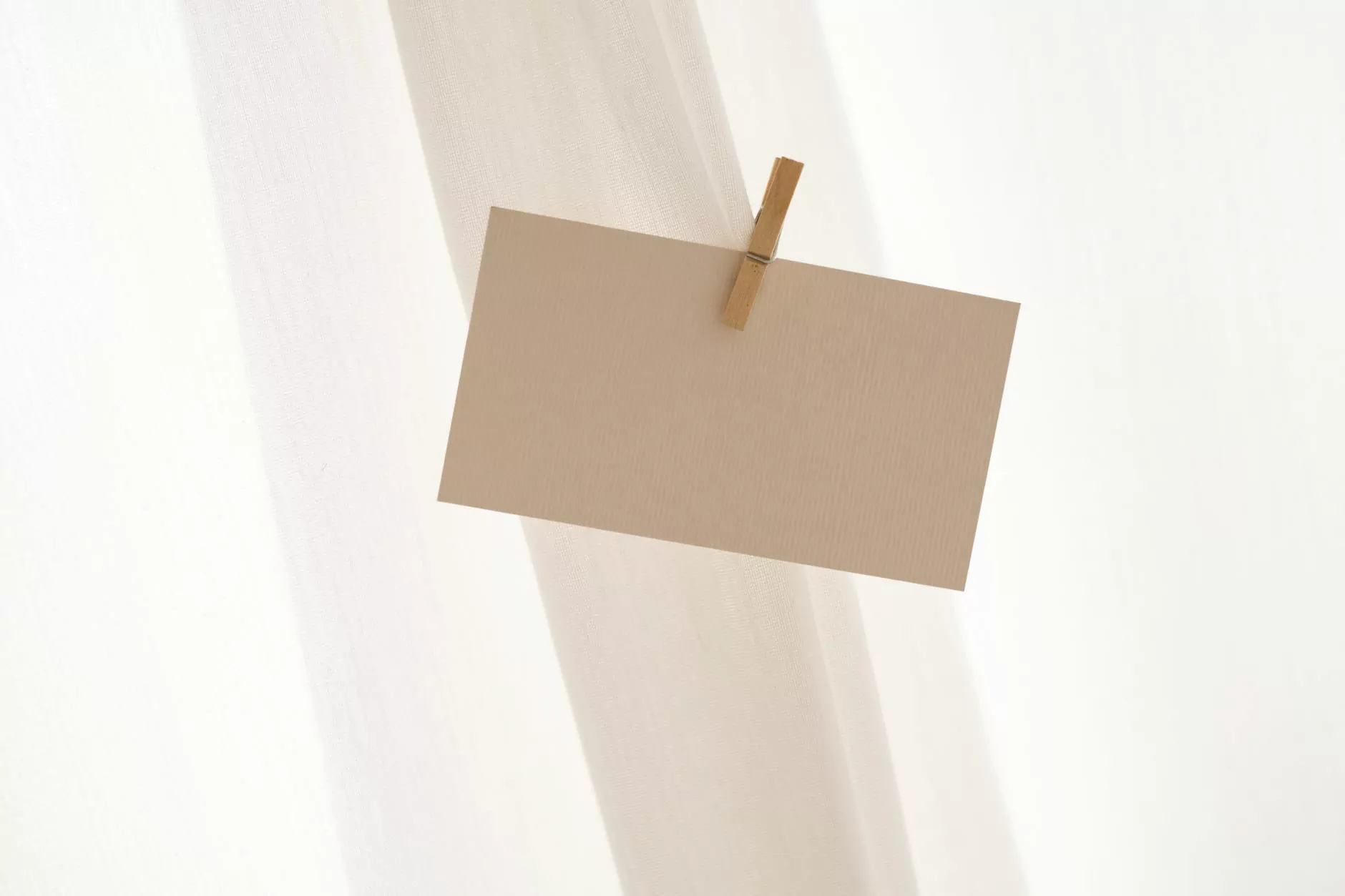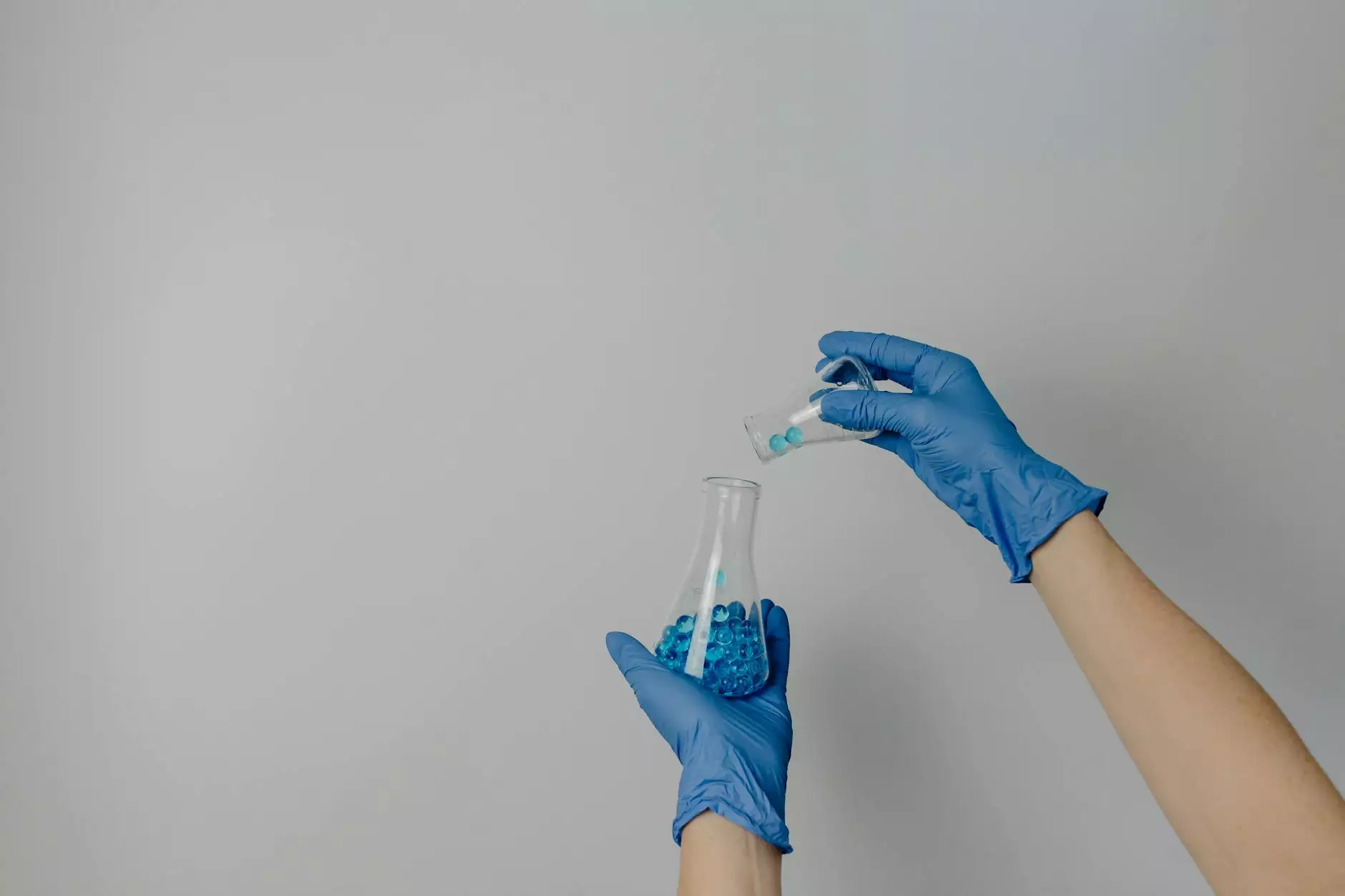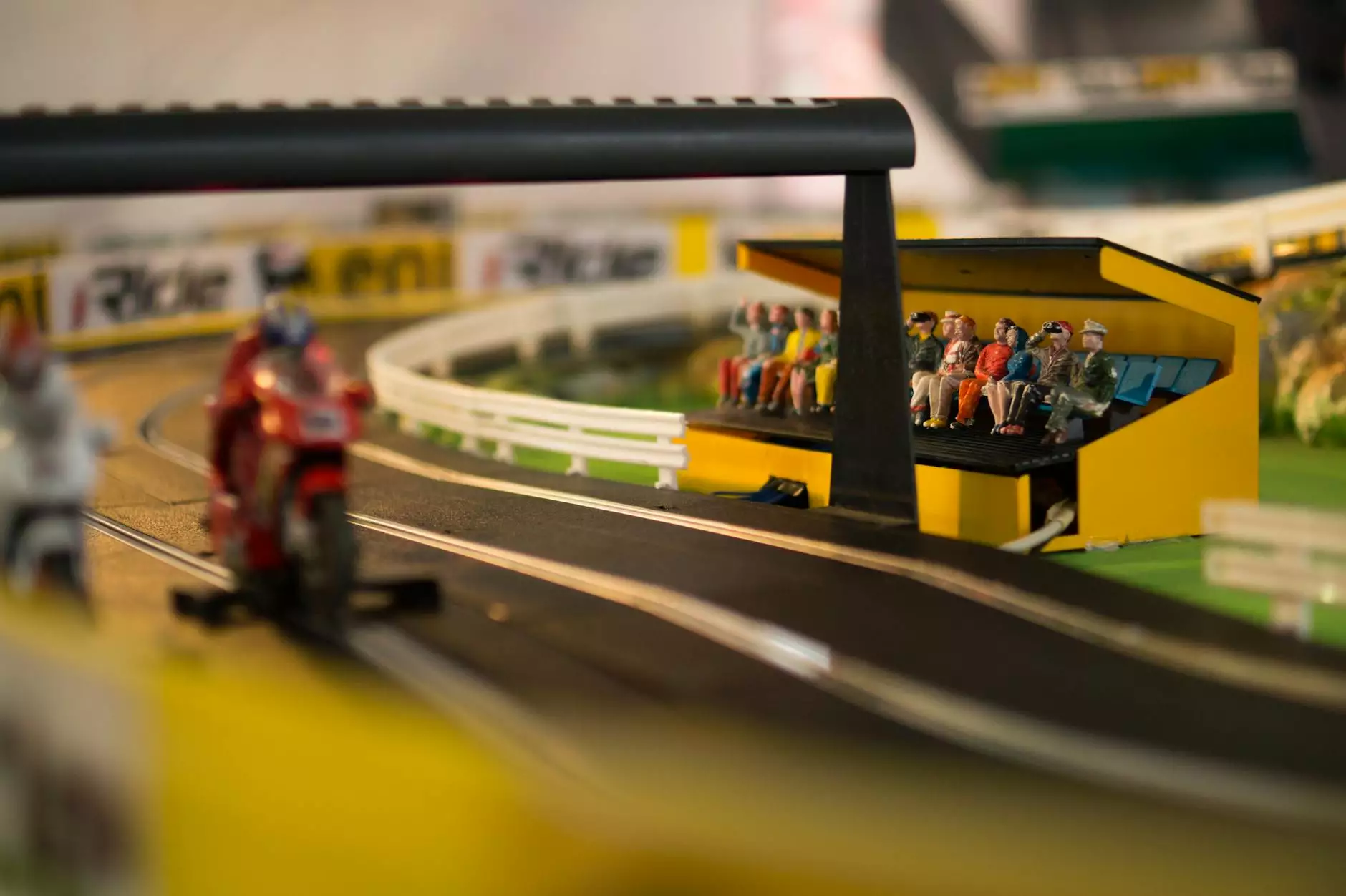Understanding Inlays and Onlays Cost: A Comprehensive Guide

When it comes to dental treatments, inlays and onlays have gained significant popularity for their ability to restore teeth while maintaining a natural appearance. Particularly favored in the realm of general dentistry, these restorations can be a cost-effective and aesthetically pleasing alternative to traditional fillings. However, many patients often wonder about the cost of inlays and onlays and the factors that can influence these prices. This article will provide a detailed analysis, helping you to understand what you can expect in terms of cost and the overall benefits of these dental solutions.
What Are Inlays and Onlays?
Before diving into the cost aspect, it is essential to understand what inlays and onlays actually are. These restorations are typically made from materials such as porcelain, composite resin, or gold. They are used to treat cavities that are too large for traditional fillings. Here's how they differ:
- Inlays: These are used when the cavity is located within the cusps of a tooth.
- Onlays: Also known as partial crowns, these restorations extend over one or more cusps of the tooth.
Benefits of Inlays and Onlays
There are several notable benefits to choosing inlays and onlays over traditional fillings:
- Aesthetic Appeal: Inlays and onlays can be custom-made to match the color of your natural teeth, making them far less noticeable than metal fillings.
- Durability: These restorations are stronger than standard fillings and can last anywhere from 5 to 15 years with proper care.
- Less Tooth Reduction: The process for placing inlays and onlays typically requires less removal of healthy tooth structure than traditional crowns.
Factors Influencing Inlays and Onlays Cost
The cost of inlays and onlays can vary significantly based on multiple factors, including:
1. Material Used
The material selected for the inlay or onlay will greatly influence the cost. For example:
- Composite Resins: These are usually the least expensive option but may not offer the same longevity as porcelain or gold.
- Porcelain: This is a popular choice due to its aesthetic appeal and durability, often costing more than composite but less than gold.
- Gold: Though gold inlays/onlays are extremely durable, they tend to be the most expensive option.
2. Location of the Dentist
Your location can also play a role in the overall cost. Dentists in urban areas typically charge higher fees compared to those in rural settings due to higher overhead costs. Additionally, dental practices that specialize in cosmetic dentistry may also charge a premium for their services.
3. The Complexity of the Procedure
During your consultation, your dentist will evaluate the condition of your tooth. If the cavity is extensive or requires special considerations, the cost may increase.
4. Insurance Coverage
Before proceeding with any treatment, it’s vital to check with your insurance provider. Many plans cover a portion of restorative dentistry costs, which can affect your out-of-pocket expenses.
Estimated Costs of Inlays and Onlays
While prices can vary, here's a rough breakdown of the expected costs associated with inlays and onlays:
- Composite Inlays/Onlays: $100 - $300 per tooth
- Porcelain Inlays/Onlays: $300 - $1,000 per tooth
- Gold Inlays/Onlays: $500 - $1,500 per tooth
Keep in mind that these figures are estimates and can vary significantly based on the factors mentioned above.
Understanding the Procedure
Now that you've got a sense of the costs associated with inlays and onlays, let’s take a closer look at the procedure itself:
- Initial Consultation: Your dentist will evaluate your tooth and discuss your options.
- X-rays: These may be taken to better understand the extent of decay or damage.
- First Appointment: The decayed portion of the tooth will be removed, and an impression will be taken to create your inlay/onlay.
- Temporary Restoration: A temporary covering may be placed while your custom restoration is being fabricated.
- Final Placement: Once your custom inlay or onlay is ready, it will be bonded to your tooth with a strong adhesive.
Caring for Your Inlays and Onlays
To ensure the longevity of your inlays and onlays, proper care is essential. Here are some tips:
- Maintain Oral Hygiene: Brush and floss daily to keep the areas around the restorations clean.
- Regular Dental Checkups: Visit your dentist regularly for cleanings and checkups to monitor the condition of your restorations.
- Avoid Hard Foods: Be cautious with foods that could potentially chip your restorations.
Conclusion: Making an Informed Decision
Understanding the cost of inlays and onlays is crucial for making informed decisions about your dental health. These restorations offer a beautiful solution to damaged teeth and can enhance your smile while maintaining function. By considering factors such as material, complexity of the procedure, and your insurance coverage, you can adequately prepare for the costs involved. Always consult with your dental professional to discuss your individual needs and to determine the most suitable options for your oral health.
For more information about inlays and onlays cost as well as other dental services, visit us at teethattiongbahru.com. Our team of experienced professionals is committed to providing you with high-quality care tailored to your needs.









